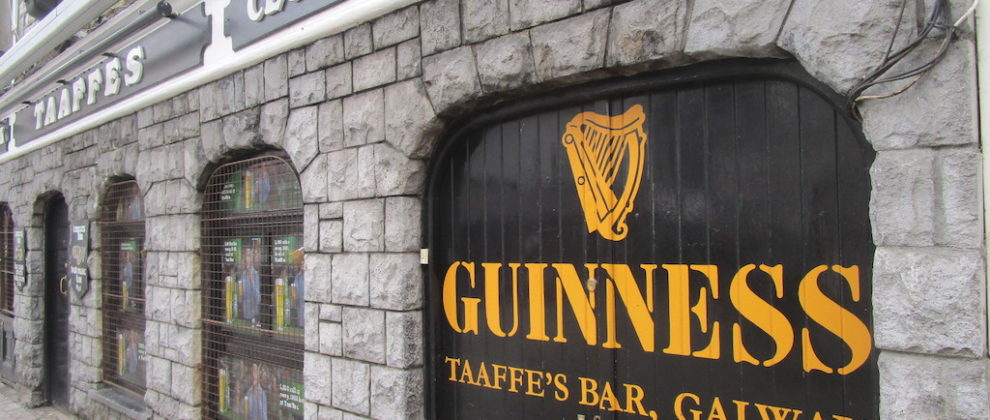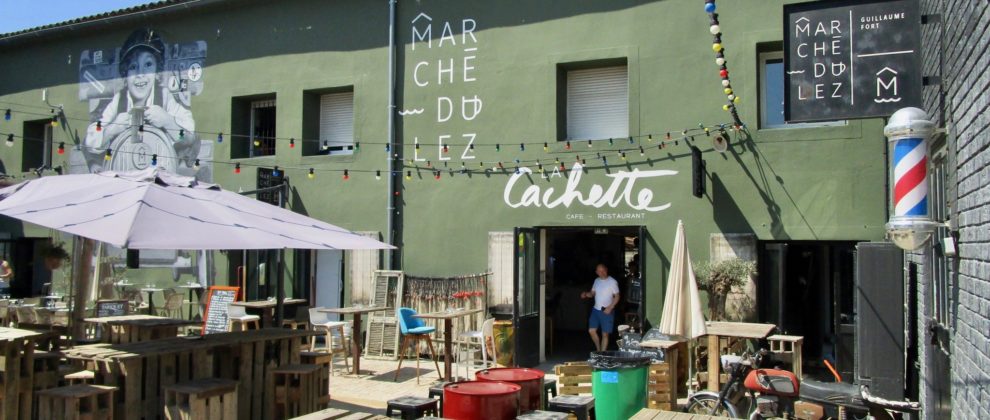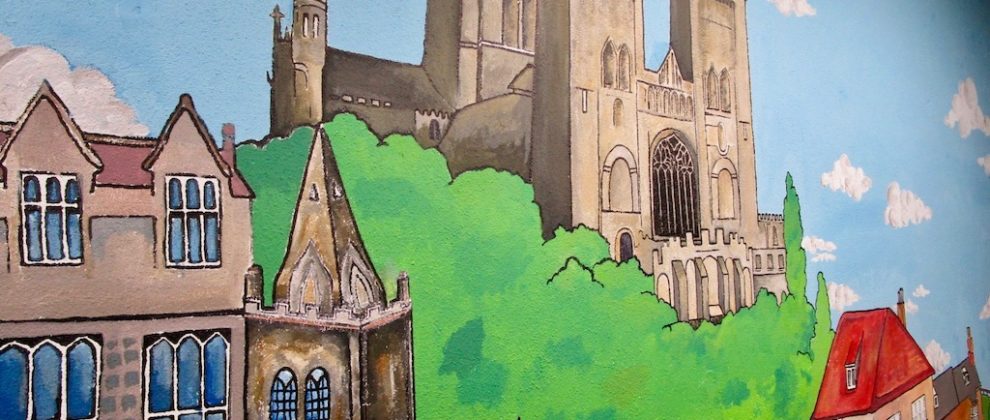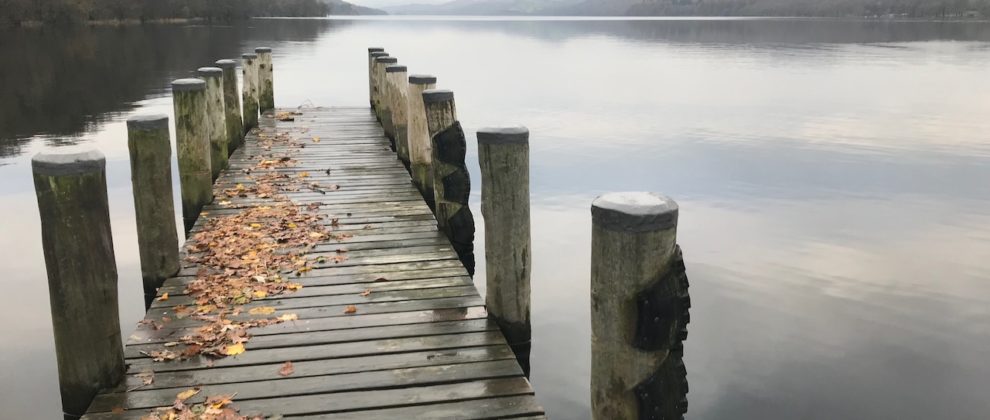I’m just back from a weekend in Galway, the southern Irish city that will be next year’s European Capital of Culture.
The west-coast city has always been something of a cultural hub with its annual summer arts festival. It’s also known, of course, for its traditional pubs [pictured above] and hospitality.
But, as I found over a couple of days in the city, the whole cultural regeneration associated with the European title comes at an interesting time for a place outside of the Westminster-Brexit bubble.
As Bridgette Brew, Head of Tourism for Galway 2020, told me:
“Galway has always had a freedom of mindset, an ability to see a different perspective. It comes from our hinterland looking out to The Atlantic.”
From the Wild Atlantic Way coastal driving route to an interesting take on the burgeoning slow-food scene via a Sunday morning stroll with Galway Food Tours, the weekend offered me plenty of new angles on the familiar story of the illusive Irish craic.
Read the full story in Telegraph Travel here.
- Liked this? Try also The European Capital of Culture in Guimaraes.
- Sign up to my newsletter for more articles and writing workshops.



